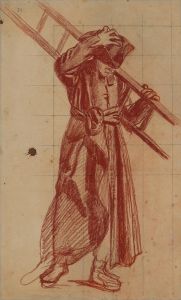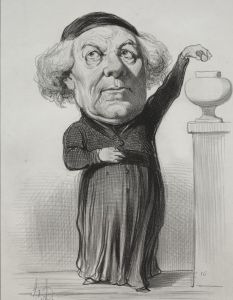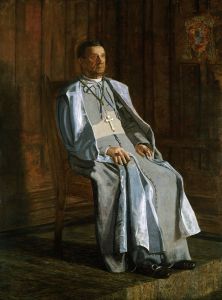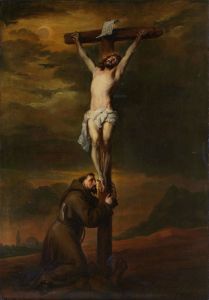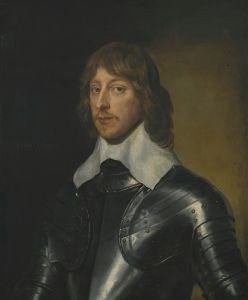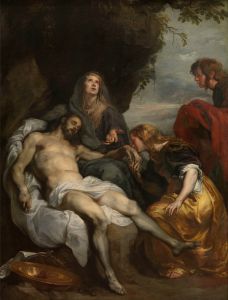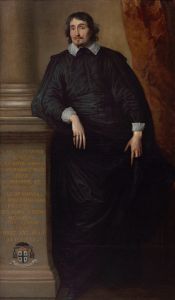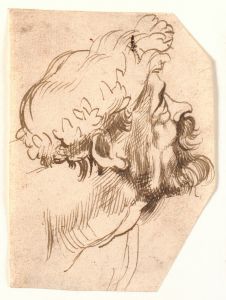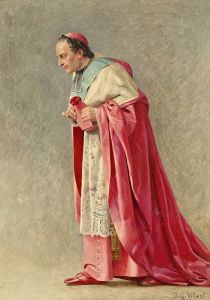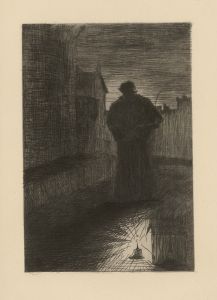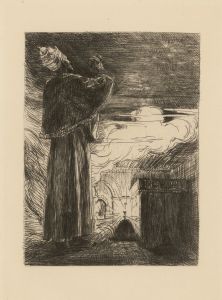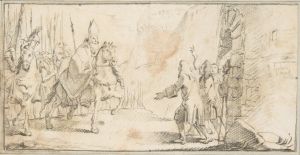
Joannes Malderus, Bishop of Antwerp
A hand-painted replica of Anthony van Dyck’s masterpiece Joannes Malderus, Bishop of Antwerp, meticulously crafted by professional artists to capture the true essence of the original. Each piece is created with museum-quality canvas and rare mineral pigments, carefully painted by experienced artists with delicate brushstrokes and rich, layered colors to perfectly recreate the texture of the original artwork. Unlike machine-printed reproductions, this hand-painted version brings the painting to life, infused with the artist’s emotions and skill in every stroke. Whether for personal collection or home decoration, it instantly elevates the artistic atmosphere of any space.
"Joannes Malderus, Bishop of Antwerp" is a portrait painting by the renowned Flemish artist Anthony van Dyck. Van Dyck, a prominent Baroque artist, was known for his exceptional skill in portraiture, capturing the likeness and character of his subjects with remarkable detail and sensitivity. This particular painting is a testament to his mastery in the genre.
The subject of the painting, Joannes Malderus, was a significant ecclesiastical figure in the early 17th century. Born in 1563, Malderus served as the Bishop of Antwerp from 1611 until his death in 1633. His tenure as bishop was marked by his efforts to implement the reforms of the Council of Trent, which aimed to address issues within the Catholic Church and counter the Protestant Reformation. Malderus was known for his dedication to education and the pastoral care of his diocese, as well as for his scholarly contributions to theology.
Van Dyck's portrait of Malderus is believed to have been painted during the bishop's lifetime, capturing him in his ecclesiastical attire. The painting is a striking example of Van Dyck's ability to convey the dignity and authority of his subjects. Malderus is depicted with a serene yet commanding presence, his gaze directed towards the viewer, which was a common compositional technique used by Van Dyck to engage the audience.
The portrait showcases Van Dyck's characteristic style, which includes a refined use of color, light, and shadow to create a sense of depth and realism. The textures of the bishop's garments are rendered with meticulous attention to detail, highlighting Van Dyck's skill in depicting different materials. The background is typically subdued, ensuring that the focus remains on the subject.
Van Dyck's work was highly influential in the development of portrait painting in Europe. His approach to portraiture, which combined psychological insight with a sense of elegance and grandeur, set a new standard for artists of his time and beyond. His portraits were sought after by the nobility and clergy, and he became one of the most successful portrait painters of the 17th century.
The painting of Joannes Malderus is part of Van Dyck's broader body of work that includes portraits of other notable figures of his era, such as King Charles I of England and various members of the European aristocracy. Van Dyck's portraits are celebrated for their ability to capture not just the physical likeness of his subjects, but also their social status and personality.
Today, "Joannes Malderus, Bishop of Antwerp" is appreciated not only as a work of art but also as a historical document that provides insight into the religious and cultural milieu of the time. The painting is housed in a collection that allows the public to view and appreciate Van Dyck's contribution to the art of portraiture.
In summary, Anthony van Dyck's portrait of Joannes Malderus is a significant work that exemplifies the artist's skill in capturing the essence of his subjects. It remains an important piece for understanding both the art and history of the period in which it was created.





